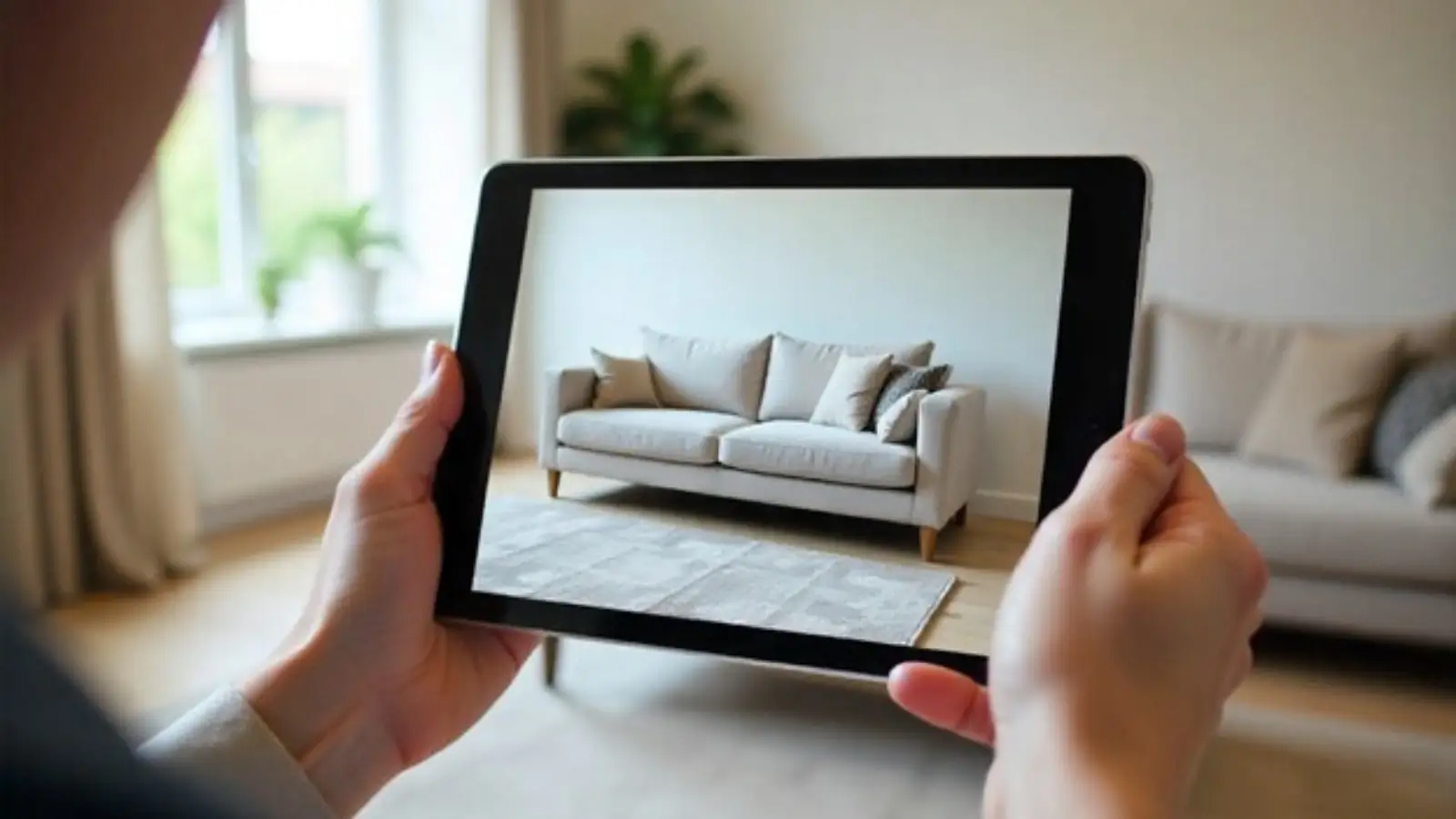


In today’s visually driven world, seeing truly is believing—and selling. Whether it’s an architect pitching a skyscraper, a developer marketing luxury homes, or a manufacturer presenting a prototype, 3d visualization services have become a game-changing asset by transforming abstract ideas into photorealistic images, animations, and interactive experiences that save time and cost while inspiring confidence and clarity in clients before a single brick is laid or product is built. The profit lies in precision: when stakeholders can see the outcome, decision-making becomes faster, smarter, and far less risky.
Just a decade ago, design presentations were dominated by static drawings, rough sketches, and flat 2D renders. While these methods offered basic direction, they left much to the imagination. Today, 3D visualization bridges that gap completely. Using advanced software such as Autodesk 3ds Max, Blender, or Unreal Engine, professionals can render detailed, dynamic, and dimensionally accurate representations of anything—from real estate interiors to industrial components.
The rise of high-performance graphics technology and affordable rendering power has democratized visualization. What was once the domain of large studios is now accessible to small firms and freelancers, making high-quality 3D renderings a standard expectation rather than a luxury. The result is a more immersive, more persuasive design culture where visuals don’t just illustrate—they communicate.
The core advantage of 3d visualization services lies in their ability to accelerate understanding. For architects and real estate developers, 3D visualizations can sell properties long before they’re built. Prospective buyers can take virtual tours of spaces, customize finishes, or view sunlight patterns throughout the day—all from the comfort of their devices. This not only boosts pre-sales but also reduces marketing costs tied to physical showrooms or mock-ups.
In manufacturing and product design, visualization helps identify flaws and test concepts early. Instead of producing costly prototypes, engineers can iterate digitally and visualize performance under different conditions. For clients, this means reduced development cycles and lower costs; for companies, it translates to faster innovation and market readiness.
Even in fields like healthcare, education, and entertainment, 3D visualization is proving transformative. Medical students can explore detailed anatomical models in virtual reality; museums can reconstruct historical artifacts in 3D; filmmakers use visualization to pre-visualize complex scenes before cameras roll. The potential applications are as broad as imagination itself.
Beyond technical efficiency, 3D visualization taps into the emotional side of decision-making. A beautifully rendered image can evoke a sense of ownership and excitement that blueprints never could. In marketing psychology, this is invaluable—customers don’t just want to understand a product; they want to feel it.
For instance, an interior designer presenting a proposed renovation can use 3D renders to show how morning light filters through sheer curtains or how textures play across a living room wall. These details, while subtle, foster trust and desire. When clients see a future they love, they are more likely to commit—and pay premium prices for it.
Modern 3D visualization relies on a blend of art, science, and computing power. Modeling tools create geometric accuracy, while rendering engines simulate light, shadow, reflection, and texture with astonishing realism. The introduction of real-time rendering and virtual reality has taken this even further—allowing users to walk through digital environments and interact with objects in real time.
Cloud-based rendering services have also eliminated traditional bottlenecks. Instead of waiting hours for a single frame to process, artists can now leverage cloud clusters to produce hundreds of high-resolution visuals overnight. Combined with AI-assisted tools for texture generation and scene optimization, the production pipeline is faster and more efficient than ever.
For brands, storytelling has become inseparable from visualization. A product isn’t just a thing—it’s an experience, and that experience begins with how it’s presented. 3d visualization services allow marketing teams to craft immersive narratives around their products. Think of interactive 360-degree views on e-commerce websites, cinematic animations for launch campaigns, or augmented reality previews on smartphones.
Such visuals capture attention, increase engagement, and strengthen brand identity. Studies show that interactive 3D content can boost online conversion rates by up to 40%, proving that when customers can visualize, they’re far more likely to buy.
Another often overlooked benefit of 3D visualization is sustainability. Physical models, printed materials, and frequent site visits all consume resources. Virtual modeling drastically reduces this footprint. Changes can be made instantly without waste, errors can be detected before they require physical correction, and entire projects can be reviewed digitally from anywhere in the world.
This aligns with the growing demand for environmentally responsible business practices. As organizations push for greener operations, visualization serves as both a practical and ethical upgrade.
Looking ahead, 3D visualization is merging with augmented reality (AR), virtual reality (VR), and artificial intelligence (AI) to create entirely new dimensions of experience. Imagine architects wearing AR glasses to see full-scale building models on-site, or customers using VR headsets to explore a vacation resort before booking.
AI-driven tools are also beginning to automate aspects of visualization—suggesting materials, lighting setups, and even stylistic elements based on project goals. As these technologies mature, visualization will shift from being a service to being a core interface between human creativity and digital construction.
3d visualization services are no longer a futuristic novelty—they’re the visual language of the modern world. They empower businesses to communicate complex ideas clearly, emotionally, and persuasively. They reduce waste, improve collaboration, and elevate creativity across industries. Most importantly, they turn imagination into something tangible—something clients can believe in before it even exists.
As the lines between the digital and physical worlds continue to blur, one thing remains certain: those who master the art of visualization will lead the way. Because in business, as in design, the ability to see the future isn’t just an advantage—it’s everything.